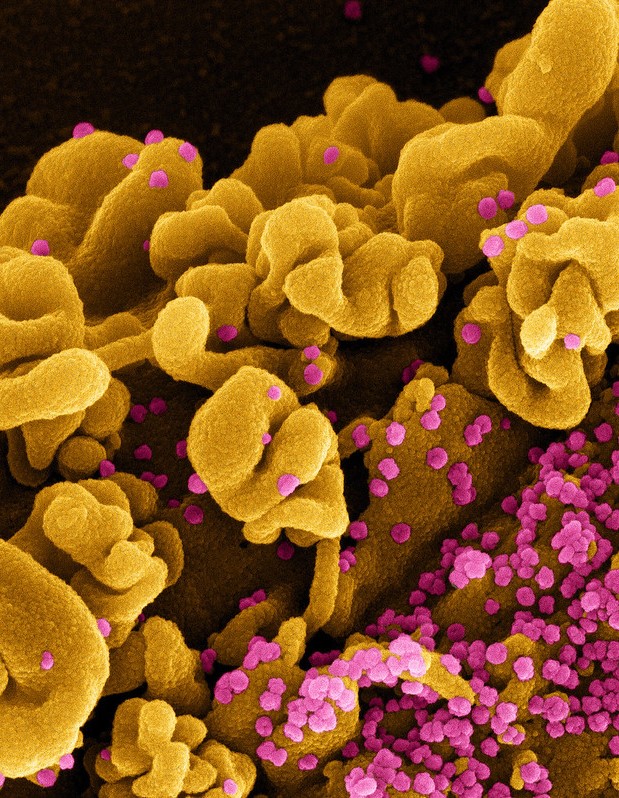 A new report from the Public Health Agency of Canada shows an increase in certain healthcare-associated infections (HAIs)—including antimicrobial-resistant (AMR) ones—in Canadian acute care hospitals.
A new report from the Public Health Agency of Canada shows an increase in certain healthcare-associated infections (HAIs)—including antimicrobial-resistant (AMR) ones—in Canadian acute care hospitals.
Data collected from 88 Canadian sentinel acute care hospitals from January 2017 through December 2021 show that rates of methicillin-resistant Staphylococcus aureus (MRSA) bloodstream infections (BSIs) rose by 35%, climbing from 0.84 to 1.13 infections per 10,000 patient-days. The increase was driven primarily by community-associated (CA) cases, which climbed by 80% over the study period while healthcare-associated cases remained stable.
The study authors suggest the increase in CA-MRSA BSIs may be linked to a growing CA-MRSA reservoir in Canada, and that strategies that target the reduction and prevention of MRSA, such as screening and eradication of MRSA carriage, may reduce the overall burden of MRSA BSIs.
Vancomycin-resistant Enterococcus (VRE) BSIs increased by 43% (from 0.23 to 0.33 infections per 10,000 patient-days). The vast majority of VRE BSIs (89.9%) were healthcare-associated. Carbapenemase-producing Enterobacterales (CPE) infections remained low but rose from 0.03 to 0.06 infections per 10,000 patient-days from 2017 to 2018 (a 166% increase).
Drop in C difficile rates
The one HAI that saw a decline over the study period was Clostridioides difficile infection (CDI). Overall CDI rates fell by 11%, dropping from 5.68 to 5.05 infections per 10,000 patient-days—a decline the authors note is in line with global trends.
A total of 31 Candida auris isolates were identified in Canada from 2011 to 2021. More than one-third (38.7%) were considered multidrug-resistant.
"Consistent and standardized surveillance of epidemiologic and laboratory HAI data are essential to providing hospital practitioners with benchmark rates and informing infection prevention and control and antimicrobial stewardship policies to help reduce the burden of HAI and the impact of AMR in Canadian acute care hospitals," the authors wrote.
Consistent and standardized surveillance of epidemiologic and laboratory HAI data are essential.

 Menstrual cycles may lengthen by up to 1 day following COVID-19 vaccination, but the effect is temporary and vaccination makes little difference in cycle regularity, bleed length, heaviness of bleed, or menstrual pain, according to a
Menstrual cycles may lengthen by up to 1 day following COVID-19 vaccination, but the effect is temporary and vaccination makes little difference in cycle regularity, bleed length, heaviness of bleed, or menstrual pain, according to a 














